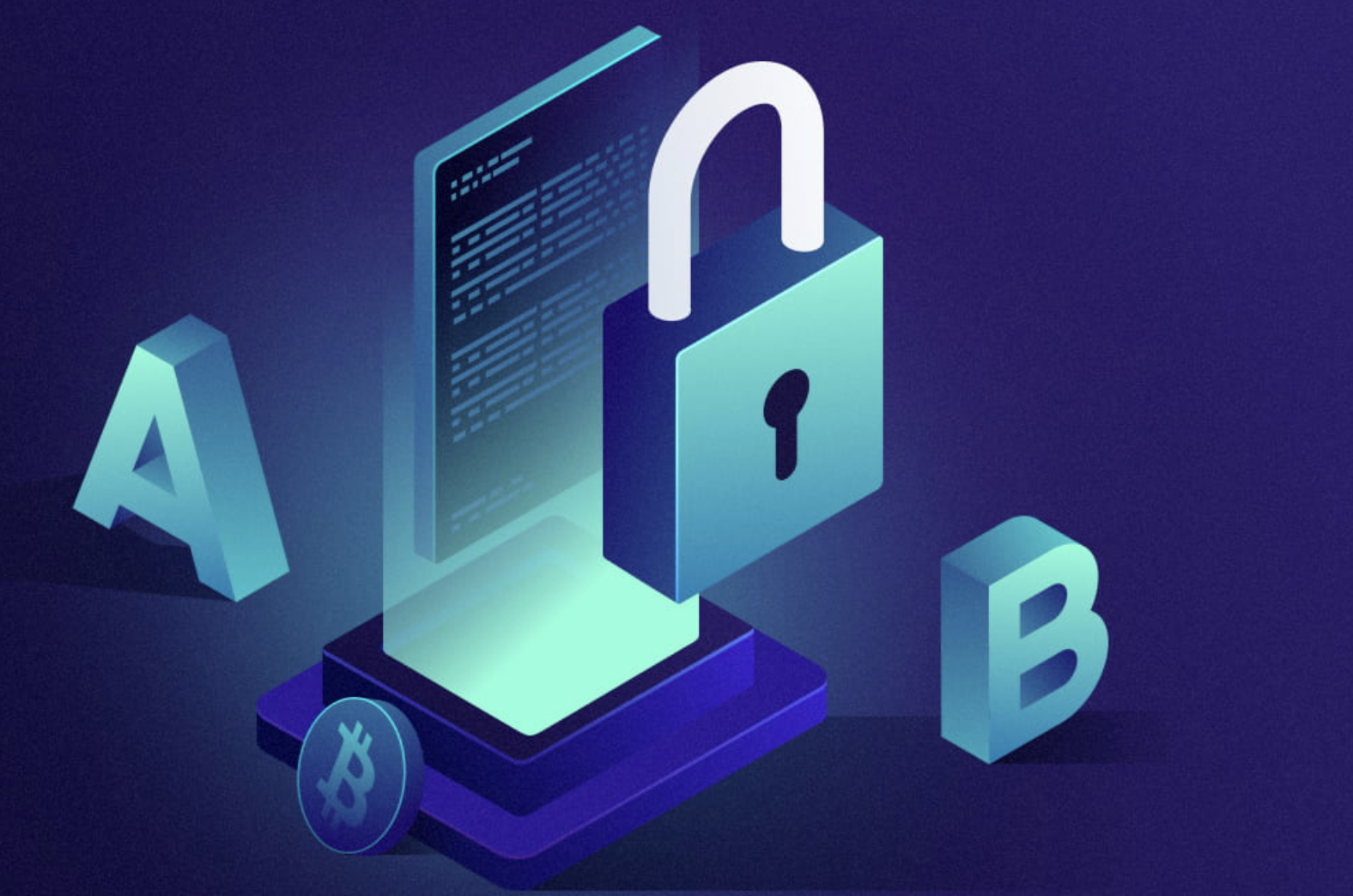
zk-SNARKs, Zero-Knowledge Cryptographic Proof Systems for Scalable Privacy
Advancements In Modern Cryptography
Zero Knowledge Succinct Non Interactive Arguments of Knowledge (zk-SNARKs) represent one of the most groundbreaking advancements in modern cryptography.
By enabling one party (the prover) to prove possession of certain knowledge without revealing the knowledge itself and without any interaction with the verifier, zk-SNARKs have laid the foundation for scalable, trustless privacy in decentralized systems.
We explore the mathematical underpinnings, system architecture, proving and verification mechanics, and real world implementations of zk-SNARKs in blockchain protocols, with a focus on Zcash, Monero’s research into ZKPs, and broader applications in scalability and zero-knowledge rollups.
A Zero-Knowledge Proof is a cryptographic protocol whereby a prover can convince a verifier of a statement’s truth without revealing any information beyond the validity of the statement.
Properties:
- Completeness: If the statement is true, the verifier is convinced.
- Soundness: If the statement is false, no cheating prover can convince the verifier otherwise.
- Zero-Knowledge: The verifier learns nothing other than the fact that the statement is true.
zk-SNARKs are:
- Succinct: Proofs are very short (typically < 300 bytes), and verification is extremely fast (ms-scale).
- Non-Interactive: No back-and-forth communication is needed; a single message suffices.
- Arguments of Knowledge: Proofs apply in the computational setting, assuming the prover has bounded computational power.
zk-SNARKs are built from the following constructs:
- Arithmetic Circuits: Any computation (e.g., validating a transaction) is expressed as an arithmetic circuit: a series of gates performing addition/multiplication over a finite field 𝔽ₚ.
The circuit represents a function:
C(x, w) = 1 ⇨ valid statement• x: public input
• w: witness (private input)
- QAP: Quadratic Arithmetic Programs
The arithmetic circuit is transformed into a QAP, which allows the verifier to check that a polynomial identity holds over the prover’s witness.
Let A(x), B(x), C(x) be polynomials derived from the circuit structure, then:
A(w) · B(w) - C(w) = H(x) · Z(x)Where Z(x) is the target polynomial (vanishing polynomial of the domain), and H(x) is a quotient polynomial.
- Homomorphic Encryption and Pairing-Based Cryptography
zk-SNARKs require:
• Elliptic curve pairings (e.g., Barreto-Naehrig curves, BLS12-381)
• Bilinear maps: e : G_1 × G_2 → G_T
These allow encoding of circuit verification as algebraic pairing equations, enabling efficient non-interactive proofs.
zk-SNARK System Architecture
zk-SNARKs rely on a Common Reference String (CRS) or Structured Reference String (SRS), generated during a trusted setup phase.
- The CRS contains trapdoor values used to generate and verify proofs.
- Leakage of trapdoor = catastrophic ⇒ newer SNARKs like PLONK, Halo, or Marlin use universal and updatable setups.
Prover Algorithm
The prover:
- Constructs the circuit C
- Computes the witness w
- Converts it into a QAP
- Applies homomorphic encoding
- Generates proof π ∈ G_1^n
Verifier Algorithm
The verifier:
- Uses CRS and public inputs x
- Verifies a small number of pairing equations
- Runs in O(1) time for fixed circuit sizes
Real-World Implementation: Zcash
Zcash utilizes zk-SNARKs to power its shielded transactions:
- Inputs, outputs, and amounts are entirely encrypted
- The proof π convinces the network that:
- Inputs sum to outputs (conservation)
- Sender owns the inputs (via zk-Proof of spending key)
- No double-spending (nullifier uniqueness)
Zcash uses Sapling, an upgraded zk-SNARK circuit system that reduced memory requirements and enabled mobile proof generation.
Sapling Highlights:
- BLS12-381 elliptic curve
- Groth16 proving system (10x faster than Pinocchio)
- Proof size: ~192 bytes
- Verification time: < 10ms
zk-SNARKs vs zk-STARKs and Bulletproofs
| Feature | zk-SNARKs | zk-STARKs | Bulletproofs |
|---|---|---|---|
| Proof Size | ~200 bytes | ~20–100 KB | ~1–2 KB |
| Verification Time | Fast (ms) | Medium | Slower |
| Trusted Setup | Required (Groth16) | No | No |
| Post-Quantum Secure | ❌ No | ✅ Yes | ❌ No |
| Transparency | ❌ (unless universal) | ✅ | ✅ |
| Scalability | Excellent | Excellent | Medium |
Applications Beyond Privacy
zk-SNARKs are rapidly expanding into:
- Scalability: zkRollups (e.g., zkSync, Scroll) compress L2 transactions into a single SNARK proof
- Verifiable Computation: Outsource computation with correctness guarantees.
- Decentralized Identity: Zero-knowledge credentials (e.g., Sismo, zkLogin).
- Private Voting Systems, MPC, and ZK-Oracles.
Challenges and Research Directions:
- Trusted Setup Elimination: Universal and updatable CRS (PLONK, Marlin).
- Recursive SNARKs: Proofs that verify other proofs (used in Mina, Halo 2).
- Hardware Acceleration: SNARK-friendly elliptic curves and ZK ASICs.
- Post-Quantum Resistance: Transitioning from pairing-based to hash-based ZK systems.
zk-SNARKs are at the forefront of secure, scalable, and private decentralized computation. While challenges around trusted setup and quantum resistance remain, their ability to deliver succinct, efficient, and fully zero-knowledge proofs positions them as a cornerstone technology of next-generation blockchain infrastructure.
From Zcash’s shielded pools to Ethereum’s zk-rollups, zk-SNARKs are already reshaping what is possible in public cryptographic systems.
